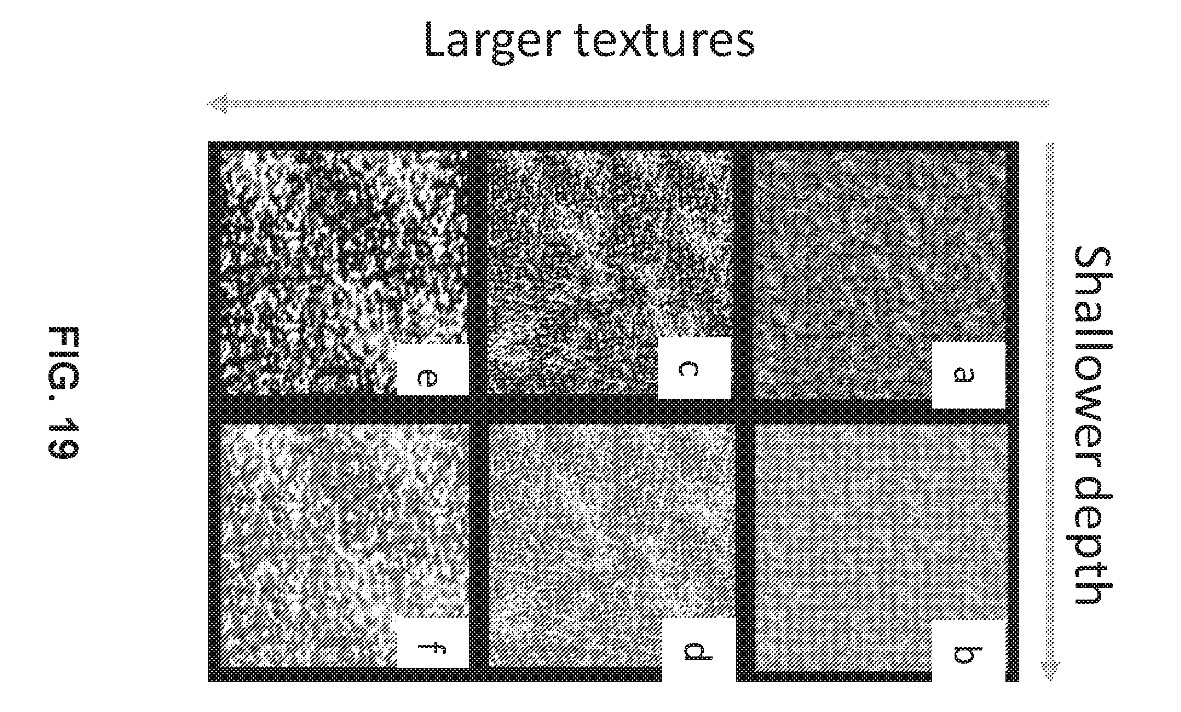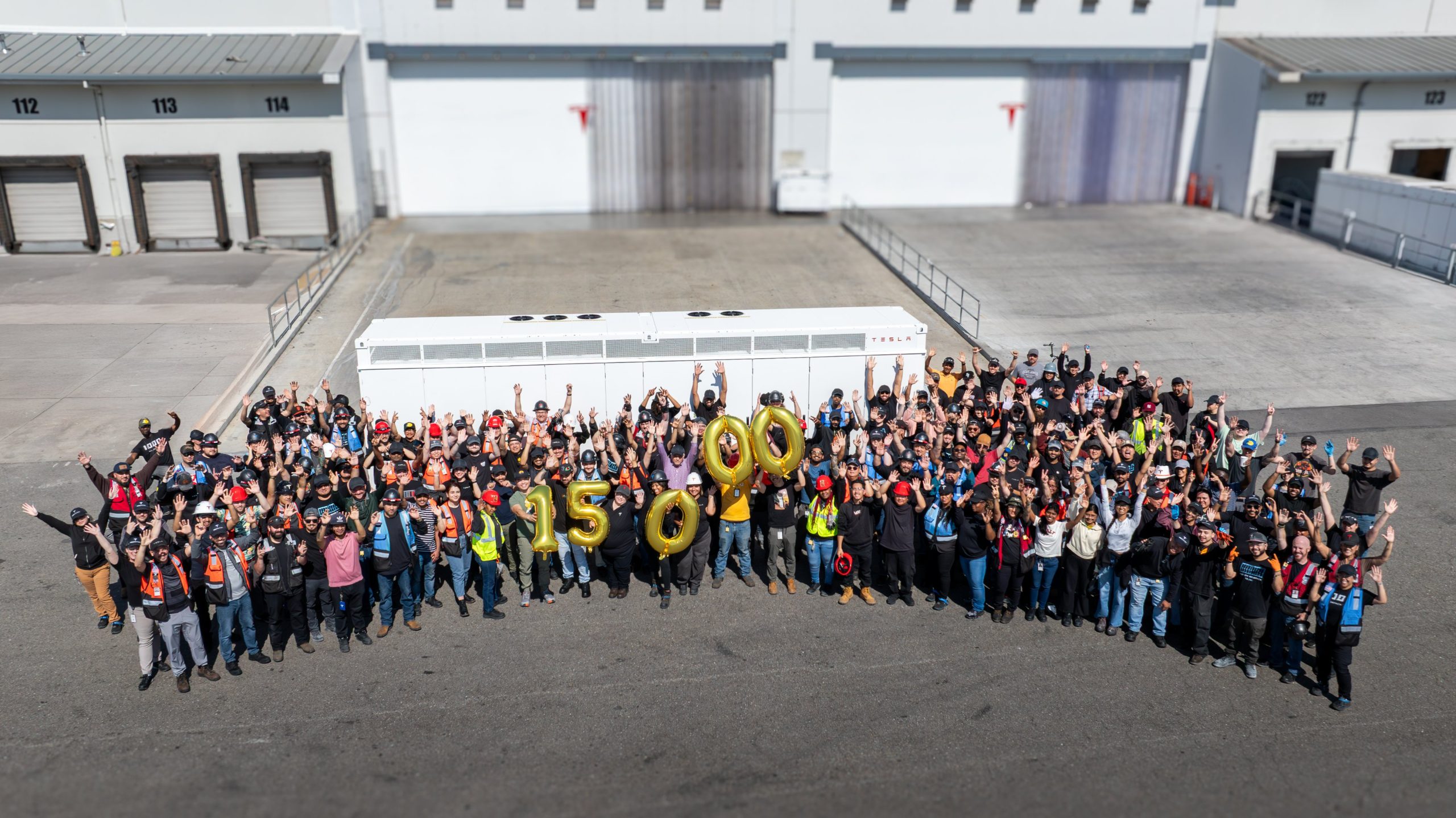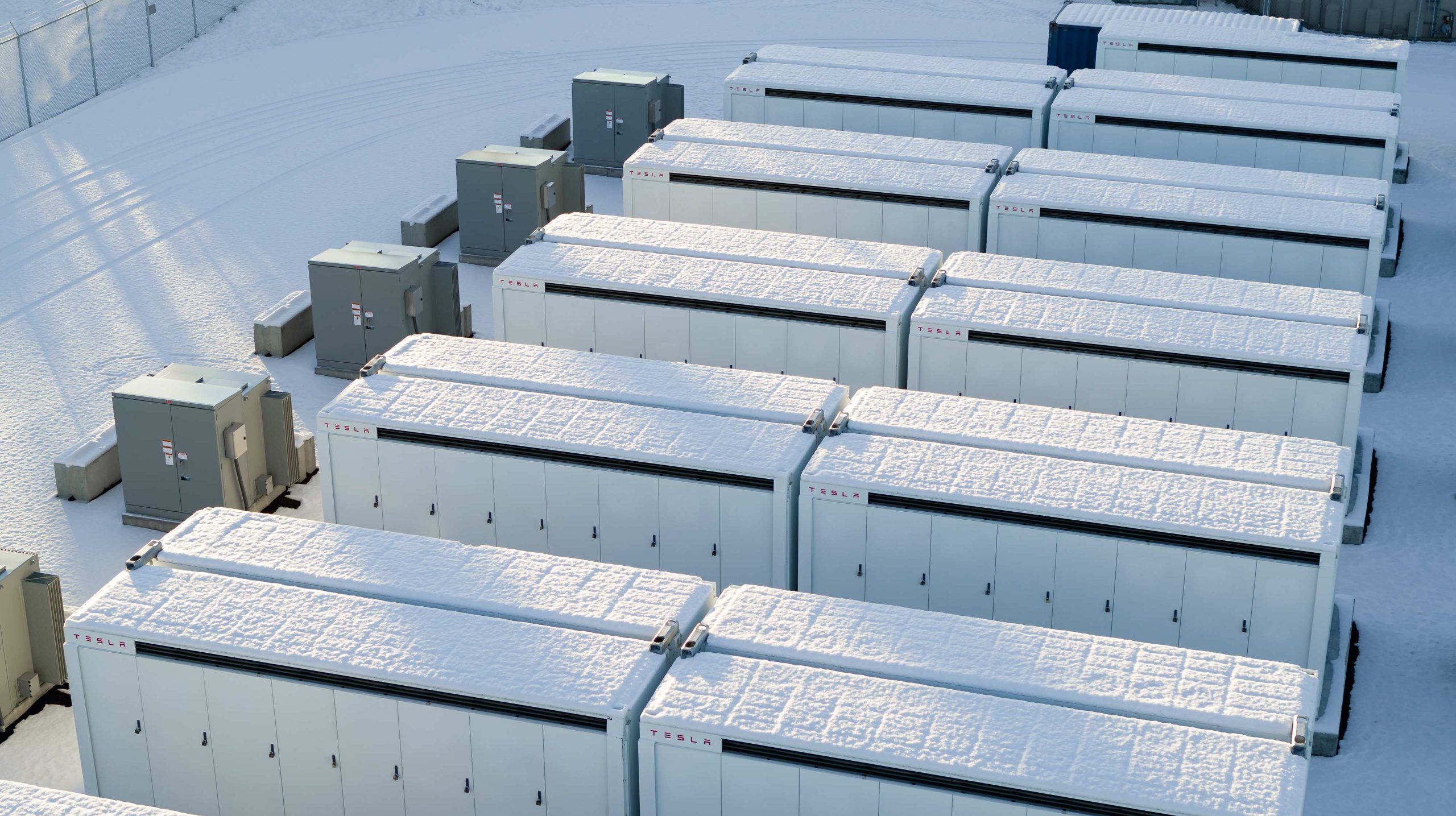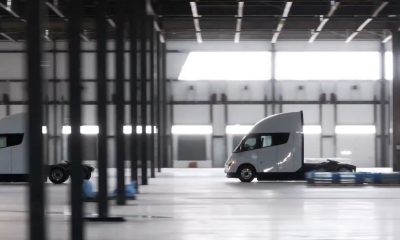

Energy
Tesla Solar Roof takes step towards new variants with textured, colored tile patent
It appears that Tesla is working on some improvements for its Solar Roof tiles that may allow the company to release new variants of the flagship solar product. These potential Solar Roof improvements were discussed extensively in a recently-published patent, which described how the electric car and energy company intends to roll out tiles that feature a better, more seamless appearance.
Tesla’s Solarglass Roof tiles are already among the most aesthetically-pleasing PV systems in the market. A Solar Roof installation involves the setup of both PV and non-PV roof tiles, and according to Tesla, this could present some issues. Since some tiles do not have solar cells in them, there will be some angles or times when it is possible to distinguish which tiles have solar cells and which do not.

Tesla described this issue in the background of its patent, titled “System and Method for Improving Color Appearance of Solar Roofs” and published on February 11, 2021.
“When viewed from a shallow angle (e.g., when the roof is viewed from the street), the dark-colored photovoltaic structures can become visible. The color contrast between the photovoltaic structures and the glass cover can create a scene that is not aesthetically pleasing… Although the non-PV roof tiles can include similar glass covers as those of the PV roof tiles, the absence of embedded photovoltaic structures can result in the non-PV roof tiles having a different color appearance than that of the PV roof tiles.”
Tesla notes that these issues are due to several factors, including tiny imperfections during the Solar Roofs’ manufacturing process or the fact that PV roof tiles tend to look different when viewed under different lighting and at different viewing angles. According to Tesla, there are ways to get around these challenges, such as adopting a robust color-management scheme and some adjustments in the Solar Roof tiles’ manufacturing line.

“First, to reduce the color contrast within a PV roof tile, the PV roof tile can encapsulate polycrystalline-Si-based photovoltaic structures. By controlling the size and pattern of the surface texture of the polycrystalline-Si-based photovoltaic structures, one can reduce the “glow” of the photovoltaic structures. While keeping the front cover of the roof tile transparent, the back surface of the back cover can be coated with a layer of paint that matches the color of the textured surface of the photovoltaic structures to reduce the color contrast within the PV roof tile. A similar paint layer can also be deposited onto the back surface of the non-PV roof tiles.”
“As a result, the color appearance of the PV and non-PV roof tiles can be quite similar. Moreover, when assembling the PV roof tiles, the embedded photovoltaic structures are fed into the production line following a predetermined color pattern such that a majority of PV roof tiles contains solar cells of a similar color and PV roof tiles of different colors are evenly or randomly mixed to prevent clustering of colors on a roof.”
Through these methods, Tesla noted that it would be able to create Solar Roof tiles that feature much less “glow” than typical integrated PV systems. The patent also covered how reactive ion etching (RIE) techniques could be utilized to create textured PV roof tiles. These invoke images of the various Solar Roof variants that Elon Musk unveiled in 2016, which included textured tiles that mirrored the appearance of materials like slate and clay.

“The surface of a polycrystalline-Si-based solar cell can be textured using a reactive ion etching (RIE) technique. In further embodiments, the feature size of the RIE-textured surface can be less than 1 micron (i.e., 0.5 micron or less). In alternative embodiments, the surface of the solar cells can have pyramid texturing with the base width of the pyramids being less than 1 micron (e.g., 0.7 micron or less). Compared to the textured surface of a monocrystalline-Si-based solar cell, the RIE-textured surface of the polycrystalline-Si solar cells can have improved surface uniformity. As a result, the PV roof tiles can have reduced color flop and glow.”
“In alternative embodiments, reducing the cell glow can be achieved through specifically designed anti-reflection coating. This specially designed anti-reflective coating (AR) on a monocrystalline-Si-based solar cell surface can include materials with a higher refractive index than a conventional AR coating (e.g., an indium tin oxide (ITO) coating). More precisely, the specifically designed AR coating can include a layer of SiNx or a SiOxNy /SiNy double layer structure. As a result, the cell glow can be reduced by three- to eightfold with low (e.g., less than 5%) power loss.”
Elon Musk has stated that 2021 will be a key year for the Solar Roof, with the CEO noting that its potential would be evident this year. Considering the company’s ongoing rollout of the integrated PV system and the development of better Solar Roof designs, it may only be a matter of time before more customers of Tesla’s flagship residential solar product would have more design options available.
Read Tesla’s recently-published Solar Roof patent could be accessed here.
Don’t hesitate to contact us for news tips. Just send a message to tips@teslarati.com to give us a heads up.
Energy
Tesla Lathrop Megafactory celebrates massive Megapack battery milestone
The Tesla Megapack is the backbone of Tesla Energy’s battery deployments.

The Tesla Lathrop Megafactory recently achieved a new milestone. As per the official Tesla Megapack account on X, the Lathrop Megafactory has produced its 15,000th Megapack 2 XL battery.
15,000 Megapack Batteries
Tesla celebrated the milestone with a photo of the Lathrop Megafactory team posing with a freshly produced Megapack battery. To commemorate the event, the team held balloons that spelled out “15,000” as they posed for the photo.
The Tesla Megapack is the backbone of Tesla Energy’s battery deployments. Designed for grid-scale applications, each Megapack offers 3.9 MWh of energy and 1.9 MW of power. The battery is extremely scalable, making it perfect for massive energy storage projects.
More Megafactories
The Lathrop Megafactory is Tesla’s first dedicated facility for its flagship battery storage system. It currently stands as the largest utility-scale battery factory in North America. The facility is capable of producing 10,000 Megapack batteries every year, equal to 40 GWh of clean energy storage.
Thanks to the success of the Megapack, Tesla has expanded its energy business by building and launching the Shanghai Megafactory, which is also expected to produce 40 GWh of energy storage per year. The ramp of the Shanghai Megafactory is quite impressive, with Tesla noting in its Q1 2025 Update Letter that the Shanghai Megafactory managed to produce over 100 Megapack batteries in the first quarter alone.
Tesla Energy’s Potential
During the first quarter earnings call, CEO Elon Musk stated that the Megapack is extremely valuable to the energy industry.
“The Megapack enables utility companies to output far more total energy than would otherwise be the case… This is a massive unlock on total energy output of any given grid over the course of a year. And utility companies are beginning to realize this and are buying in our Megapacks at scale,” Musk said.
Energy
Tesla Megapacks powers the xAI Colossus supercomputer
Tesla Megapacks step in to stabilize xAI’s Colossus supercomputer, replacing natural gas turbines. Musk’s ventures keep intertwining.

Tesla Megapack batteries will power the xAI Colossus supercomputer in Memphis to ensure power stability. The collaboration between Tesla and xAI highlights the synergy among Elon Musk’s ventures.
The artificial intelligence startup has integrated Tesla Megapacks to manage outages and demand surges, bolstering the facility’s reliability. The Greater Memphis Chamber announced that Colossus, recently connected to a new 150-megawatt electric substation, is completing its first construction phase. This transition addresses criticism from environmental justice groups over the initial use of natural gas turbines.
“The temporary natural gas turbines that were being used to power the Phase I GPUs prior to grid connection are now being demobilized and will be removed from the site over the next two months.
“About half of the operating turbines will remain operating to power Phase II GPUs of xAI until a second substation (#22) already in construction is completed and connected to the electric grid, which is planned for the Fall of 2025, at which time the remaining turbines will be relegated to a backup power role,” the Chamber stated.
xAI’s rapid development of Colossus reflects its ambition to advance AI capabilities, but the project has faced scrutiny for environmental impacts. The shift to Megapacks and grid power aims to mitigate these concerns while ensuring operational continuity.
The Megapack deployment underscores the collaboration among Musk’s companies, including Tesla, SpaceX, Neuralink, and The Boring Company. Tesla appears to be the common link between all of Musk’s companies. For example, The Boring Company built a tunnel in Giga, Texas. In addition, Musk has hinted at a potential collaboration between the Tesla Optimus Bot and Neuralink. And from January 2024 to February 2025, xAI invested $230 million in Megapacks, per a Tesla filing.
Tesla Energy reported a 156% year-over-year increase in Q1 2025, deploying 10.4 GWh of storage products, including Megapacks and Powerwalls. Tesla’s plans for a new Megapack factory in Waller County, Texas, which is expected to create 1,500 jobs in the area, further signal its commitment to scaling energy solutions.
As xAI leverages Tesla’s Megapacks to power Colossus, the integration showcases Musk’s interconnected business ecosystem. The supercomputer’s enhanced stability positions xAI to drive AI innovation, while Tesla’s energy solutions gain prominence, setting the stage for broader technological and economic impacts.
Energy
Tesla Energy celebrates one decade of sustainability
Tesla Energy has gone far since its early days, and it is now becoming a progressively bigger part of the company.

Tesla Energy recently celebrated its 10th anniversary with a dedicated video showcasing several of its milestones over the past decade.
Tesla Energy has gone far since its early days, and it is now becoming a progressively bigger part of the company.
Tesla Energy Early Days
When Elon Musk launched Tesla Energy in 2015, he noted that the business is a fundamental transformation of how the world works. To start, Tesla Energy offered the Powerwall, a 7 kWh/10 kWh home battery system, and the Powerpack, a grid-capable 100 kWh battery block that is designed for scalability. A few days after the products’ launch, Musk noted that Tesla had received 38,000 reservations for the Powerwall and 2,500 reservations for the Powerpack.
Tesla Energy’s beginnings would herald its quiet growth, with the company later announcing products like the Solar Roof tile, which is yet to be ramped, and the successor to the Powerwall, the 13.5 kWh Powerwall 2. In recent years, Tesla Energy also launched its Powerwall 3 home battery and the massive Megapack, a 3.9 MWh monster of a battery unit that has become the backbone for energy storage systems across the globe.
Key Milestones
As noted by Tesla Energy in its recent video, it has now established facilities that allow the company to manufacture 20,000 units of the Megapack every year, which should help grow the 23 GWh worth of Megapacks that have already been deployed globally.
The Powerwall remains a desirable home battery as well, with more than 850,000 units installed worldwide. These translate to 12 GWh of residential entry storage delivered to date. Just like the Megapack, Tesla is also ramping its production of the Powerwall, allowing the division to grow even more.
Tesla Energy’s Role
While Tesla Energy does not catch as much headlines as the company’s electric vehicle businesses, its contributions to the company’s bottom line have been growing. In the first quarter of 2025 alone, Tesla Energy deployed 10.4 GWh of energy storage products. Powerwall deployments also crossed 1 GWh in one quarter for the first time. As per Tesla in its Q1 2025 Update Letter, the gross margin for the Energy division has improved sequentially as well.
-

 Elon Musk2 weeks ago
Elon Musk2 weeks agoTesla investors will be shocked by Jim Cramer’s latest assessment
-

 Elon Musk1 day ago
Elon Musk1 day agoxAI launches Grok 4 with new $300/month SuperGrok Heavy subscription
-

 Elon Musk4 days ago
Elon Musk4 days agoElon Musk confirms Grok 4 launch on July 9 with livestream event
-

 News1 week ago
News1 week agoTesla Model 3 ranks as the safest new car in Europe for 2025, per Euro NCAP tests
-

 Elon Musk2 weeks ago
Elon Musk2 weeks agoA Tesla just delivered itself to a customer autonomously, Elon Musk confirms
-

 Elon Musk1 week ago
Elon Musk1 week agoxAI’s Memphis data center receives air permit despite community criticism
-

 News2 weeks ago
News2 weeks agoXiaomi CEO congratulates Tesla on first FSD delivery: “We have to continue learning!”
-

 News2 weeks ago
News2 weeks agoTesla sees explosive sales growth in UK, Spain, and Netherlands in June
















